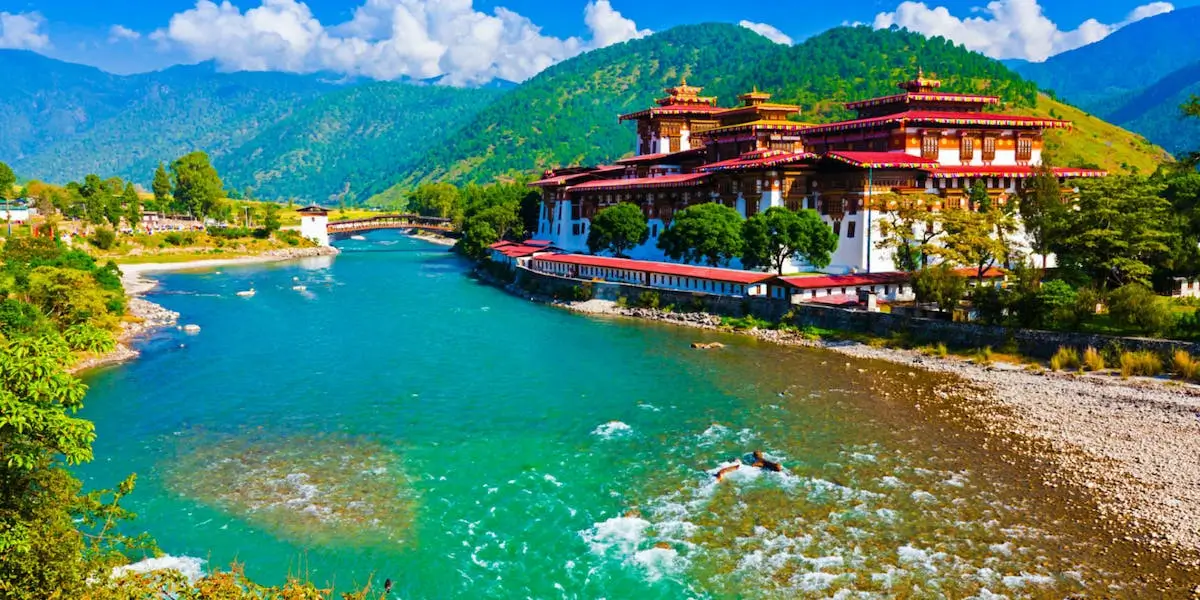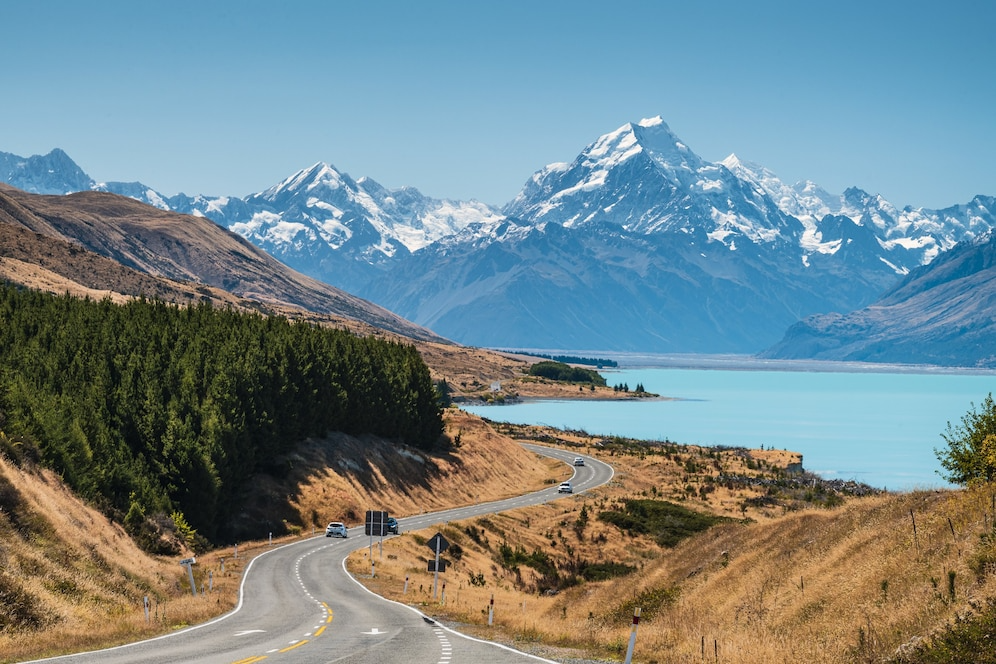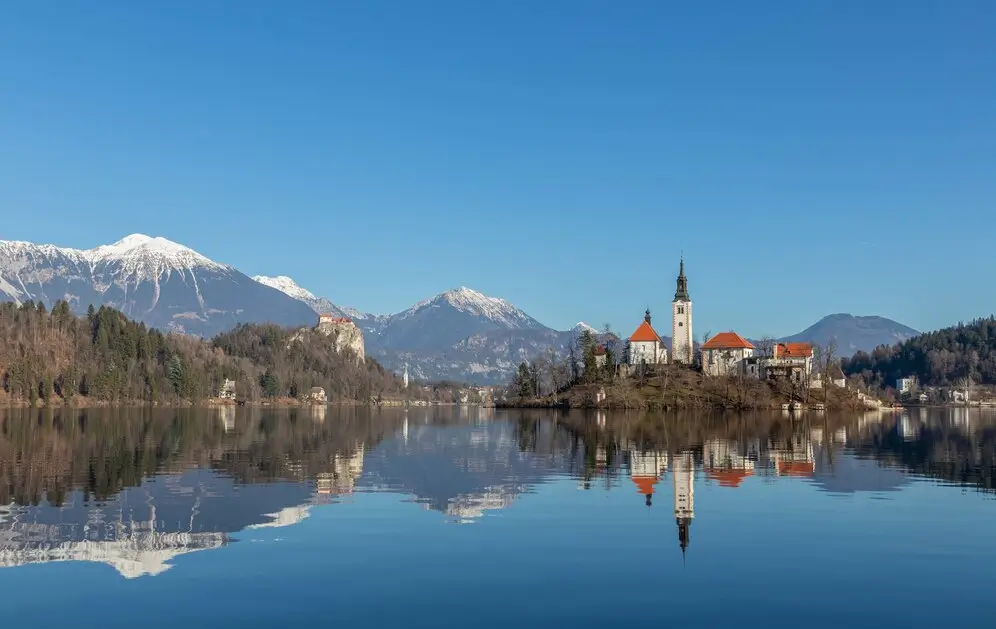Exploring The Globe Sustainably: Top Sustainable Travel Destinations Worldwide
Table of Contents
In recent years, a global consciousness has emerged, urging travelers to consider the impact of their journeys on the environment and local communities. Sustainable travel has become more than just a trend; it’s a responsibility and an opportunity to explore the world in a way that preserves its beauty and cultural diversity for future generations. From pristine natural landscapes to vibrant cultural hubs, there are numerous destinations worldwide that embrace and promote sustainable practices. In this article, we’ll embark on a journey to discover some of the top Sustainable Travel Destinations around the globe.
1. Costa Rica: A Pioneer in Ecotourism

Nestled in Central America, Costa Rica has long been a trailblazer in the realm of sustainable travel. Renowned for its commitment to conservation, the country boasts lush rainforests, diverse ecosystems, and a wealth of wildlife.
Visitors can explore national parks like Manuel Antonio and Tortuguero, where eco-friendly lodges and tours provide an immersive experience without compromising the environment.
Costa Rica’s dedication to renewable energy sources, such as hydroelectric power, further reinforces its commitment to sustainability.
With a government that prioritizes conservation and community-based tourism initiatives, Costa Rica sets a shining example for countries seeking to balance tourism with environmental responsibility.
2. Iceland: A Hotspot for Renewable Energy

Iceland, known for its otherworldly landscapes and geothermal wonders, stands as a prime example of a sustainable travel destination.
Harnessing the power of its geothermal activity, the country generates a significant portion of its electricity from renewable sources.
Travelers can marvel at natural wonders like the Blue Lagoon and Gullfoss waterfall while knowing that their visit contributes to a nation dedicated to minimizing its carbon footprint.
Additionally, Iceland has implemented responsible tourism practices, managing visitor numbers to protect fragile ecosystems. Through collaboration between government bodies and local communities, Iceland maintains a delicate balance between tourism and environmental preservation.
3. Bhutan: Prioritizing Gross National Happiness

Nestled in the Eastern Himalayas, Bhutan is not only renowned for its breathtaking landscapes but also for its unique approach to measuring progress.
Instead of GDP, Bhutan focuses on Gross National Happiness (GNH), a holistic measure that includes environmental sustainability and cultural preservation.
The country’s commitment to carbon neutrality and forest conservation has resulted in over 70% of its land covered by forests.
Bhutan’s low-impact, high-value tourism policy ensures that visitors experience the country’s cultural richness while minimizing environmental impact.
The government’s dedication to sustainability, coupled with the stunning landscapes of the Himalayas, makes Bhutan a beacon for conscientious travelers.
4. New Zealand: Protecting Pristine Landscapes

Known for its cinematic landscapes showcased in “The Lord of the Rings” trilogy, New Zealand is a haven for eco-conscious travelers.
The country’s commitment to preserving its pristine environment is reflected in its numerous national parks, marine reserves, and conservation initiatives.
New Zealand’s tourism industry actively promotes sustainable practices, from eco-friendly accommodations to adventure activities with minimal impact.
Travelers can explore the South Island’s Fiordland National Park or the North Island’s geothermal wonders with the assurance that their visit contributes to the ongoing conservation efforts.
5. Slovenia: Europe’s Green Gem

Nestled in the heart of Europe, Slovenia is a hidden gem for sustainable travel enthusiasts. Despite its small size, the country boasts diverse landscapes, including the Julian Alps, pristine lakes, and dense forests.
Slovenia’s commitment to sustainable tourism is evident in its Green Scheme certification, which recognizes environmentally friendly accommodations and attractions.
The capital city, Ljubljana, has been recognized as the European Green Capital, showcasing the nation’s dedication to green spaces, renewable energy, and efficient public transportation.
Whether hiking in Triglav National Park or exploring the picturesque Lake Bled, travelers to Slovenia can revel in the beauty of a country dedicated to preserving its natural and cultural heritage.
Conclusion:
As the global travel industry evolves, the importance of sustainable tourism cannot be overstated. Travelers have the power to choose destinations that prioritize environmental conservation, cultural preservation, and community well-being.
These Sustainable Travel Destinations mentioned above serve as inspiring examples of how responsible tourism can coexist with the exploration of breathtaking landscapes and vibrant cultures. By embracing sustainable travel practices, we can collectively contribute to a healthier planet and ensure that future generations can continue to experience the wonders of our world.